Updated On 03, March 2025
At a rapid pace, technology is changing the world. The knowledge students acquire today may not hold true a year from now. It might become obsolete and of no use. Even the job sector is becoming automated at a breakneck speed. The insecurities are rising at an alarming rate. To navigate this rapidly changing world, students need to develop skill sets tailored for it—so we need an educational framework that does just that.
A teaching approach that goes beyond rote learning and encourages critical thinking and the cultivation of problem-solving skills in students is urgently needed. STEM education is one such approach. Let us take a look at it in detail through this blog.
What is STEM Education
STEM education combines the areas of Science, Technology, Engineering, and Mathematics into a unified teaching strategy. This is opted by the students from the Science background. The areas that they cover, which can also be called the core components, are:
Science
Through the science subjects like physics, chemistry, and biology, the students learn to formulate questions and understand the world through inquiry. They ask questions like how and why to develop their observation skills.
Technology
Technology is overtaking education rapidly. Students are bound to use AI and coding for their studies. Technology introduces computational thinking and encourages them to build new tools to tackle modern-day challenges.
Engineering
Engineering combines design with problem-solving principles. It teaches the students the importance of critical thinking and teamwork. It encourages innovation and promotes the STEM concept.
Mathematics
Mathematics is needed in all spheres of life. It provides analytical and quantitative skills to the students. The language of logic and reasoning is mathematics, which assists students in making decisions based on data.
Benefits of STEM Education
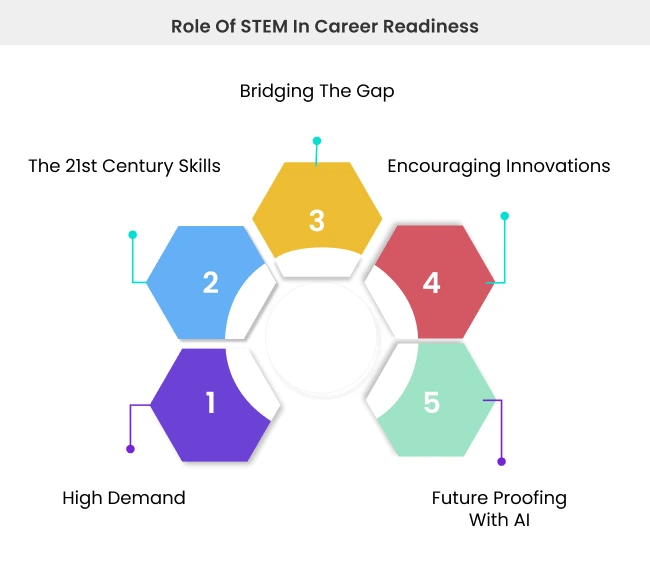
#1: Transformative Skill-set Development
The first & foremost benefit that STEM offers to students is transformative skill-set development. STEM education primarily improves the following skills of students.
| Creativity | |
|---|---|
| Logical thinking | |
| Analysis Power | |
| Critical thinking | |
| Teamwork | |
| Innovative mindset |
#2: Meeting Global Workplace Demands
The acceptance of STEM education is not restricted to India.
It is globally accepted.
A student who has graduated with a STEM approach gets international recognition. He/she can apply for jobs globally since they are capable of meeting the workplace demands.
#3: Edge over Traditional Students
Since STEM focuses on 4 disciplines particularly – the students get an edge over others who have learned from traditional education setup. Most importantly, when a student with STEM applies for a job, chances are he/she will be hired at a relatively better package due to the acquired skill-set.
#4: Inventions in STEM Areas
STEM allows students to learn theoretically as well as practically. Both the aspects help students to reach the highest level of education roadmap i.e. “Invention”. STEM enables students to develop an aptitude of a creator.
#5: Instills Leadership Quality
Over a period, students who have taken the STEM approach to become efficient enough to solve any problem. They take challenges as opportunities to grow – whether – professionally or personally.
Thus, it instills leadership quality in the learners.
Components of STEM Education
-
Problem-Based Learning
-
Rigorous Learning
-
Career, Technology, and Life Skills
-
Personalization of Learning
-
School Community and Belonging
-
Connection to the Broader and External Community
In this type of learning, the students collect data, analyze it, come up with scientific explanations and identify the problems to conduct research activities. Further, they develop a prototype to solve the problem and then come up with the best solution for it. This way, students apply mathematics and technology to real-life problems.
Rigorous learning is a way of learning which is applied to the lessons in such a way that it encourages the students to question their assumptions and think deeply. It keeps them away from learning for memorization and recall of information during the exams.
This involves making the students skillful in the subjects that they are learning. It puts major emphasis on student learning through projects, internships, and hands-on experiences. It aims towards building critical thinking, collaboration, communication, and creativity among the students.
Personalized learning involves a shift in the methods of instruction from teacher-led classrooms to more student-centered learning. In this, the student has the choice to learn at their pace, choose their subjects, and give exams accordingly.
This type of learning involves students gaining knowledge about giving respect, accepting individuals as they are, and inclusion. It aims to give students the opportunities to share their feelings and experiences with other students and gain perspectives.
This involves making the students ambitious and outward-looking. The students are given local environment and community organizations as learning resources. The students understand issues in their surroundings and try to solve them.
Role of STEM in Career Readiness
The world is seeing a change in the job market. It is becoming more technologically driven, and STEM education is contributing towards it. It is helping the students be job-ready and excel in their careers. Let us discuss the role of STEM in career readiness for the students.
High Demand
The demand for STEM careers is on the rise. The World Economic Forum states that 75% of future jobs will require skills associated with STEM. Thus, the necessity of STEM education has grown in significance. Areas like software development, AI, machine learning, medical technology, and cybersecurity are advancing quickly.
The 21st Century Skills
In the 21st century, education extends beyond just academics. Students need to cultivate abilities such as problem-solving, analytical thinking, teamwork, and digital literacy. These skills are essential in today’s world, not just optional extras.
Transform Digital Education with Higher Education ERP System
Bridging the Gap
STEM education aids in closing the divide between industry and academia. Previously, students were not equipped with the skills required for the job due to rote learning. After years of education, they had to develop those skills while being on the job. This bridge is filled by STEM learning through systems like coding bootcamps, hackathons, university collaborations, and so on.
Encouraging Innovations
STEM education not just helps in getting the desired jobs but also encourages the students to take up innovative entrepreneurship. They hone the skills required to develop new technologies and sustainable solutions. They are provided with access to maker spaces and funding programs that were absent earlier.
Future Proofing with AI
Industries are adapting to new technologies like AI and automation. STEM learning helps the students learn all these to stay ahead of the game. Understanding these technologies can help them future-proof their careers. It also offers the students with opportunities for lifelong learning.
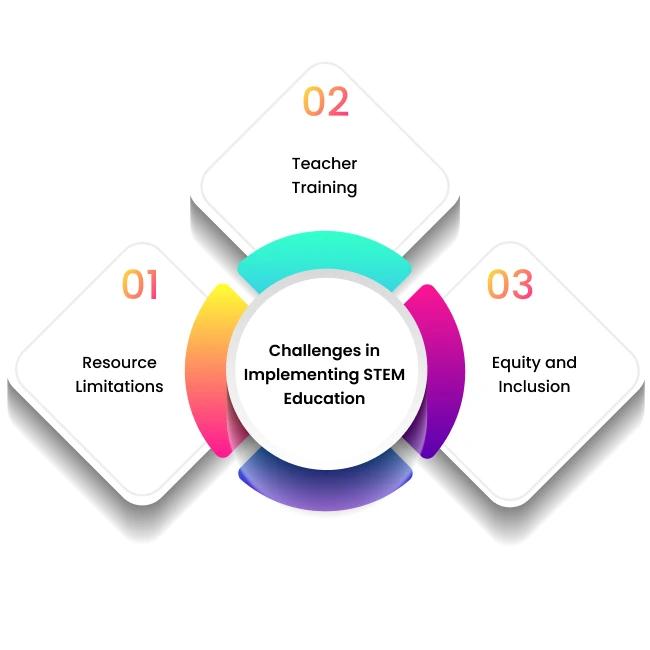
Challenges in Implementing STEM Education
Although STEM education plays a significant role in students' careers, there are various challenges encountered in putting it into practice. Let us take a look at them closely.
Resource Limitations
Lack of modern infrastructure is one of the prime challenges faced by institutions. STEM learning requires students to get hands-on experience with what they learn, and not having sufficient lab equipment can hinder their studies. Limited access to computers and the internet is one big issue that needs to be addressed.
Solution: Government and private organizations should invest in STEM learning centers so that they can equip their students for a better future.
Teacher Training
While students are ready to embrace STEM learning, teachers are expected to train themselves. A lack of professional teachers with the required skill sets can create problems. Moreover, low salaries and incentives for teachers discourage them from performing their jobs well, i.e., imparting quality education.
Solution: Investing in teacher training programs that teach the required STEM skills can facilitate both students and the organization.
Equity and Inclusion
When it comes to pursuing careers in STEM fields, societal biases tend to favor men. A cultural stereotype suggests that STEM careers are more suited for males than for females. Limited support programs add to this issue.
Solution: Educational institutions can actively promote STEM opportunities for females by introducing mentorship programs.
The Evaluation of STEM
STEM Education needs to be evaluated regularly to assess its effectiveness. Policymakers need to ensure that objectives like critical thinking, career readiness, and problem-solving are met. This evaluation helps them refine strategies to achieve the best results. Let us explore the key methods for evaluating STEM.
Learning Outcomes
One of the prime metrics for STEM evaluation is learning outcomes. Teachers need to assess students through project-based assessments, proficiency in emerging technologies, and problem-solving capabilities. Student evaluation is a direct parameter to assess the effectiveness of STEM.
Teaching Methods
In delivering high-quality education, the curriculum and teaching methods play a significant role. To evaluate its effectiveness, policymakers must determine whether the curriculum corresponds with industry requirements. They also need to analyze if the subjects are taught using an interdisciplinary approach rather than in isolation. Hands-on experience must also be assessed.
Transform Digital Education with Higher Education ERP System
Student Engagement
STEM learning sparks curiosity among the students, keeping them engaged for a longer time. Educators and institutions need to ensure that students participate in STEM activities like coding boot camps and science fairs. Assessing the retention rate after program implementation helps institutions gain clarity.
Career Readiness
The success of STEM learning depends on how well students are equipped for the industry. The number of students securing internships or job opportunities reflects the effectiveness of their learning. Additionally, evaluating STEM-based startups and students leading them is essential.
Inclusivity and Accessibility
STEM learning promotes inclusivity and accessibility. Evaluation can be done by considering factors such as gender, economic background, and location. The inclusion of underprivileged students serves as a measure of its success.
Global Benchmarks
Countries participate in international assessments such as PISA and TIMSS to evaluate STEM learning on a global scale. STEM education emphasizes dissolving global boundaries.
How MasterSoft Can Help Your Institution in Adopting STEM Education?
MasterSoft being the oldest & largest education ERP provider understands that STEM education India can –
- Bring quality in education
- Curb unemployment
- Enhance competitiveness
- Lead to significant development in the country
Therefore, we, at MasterSoft offer an advanced learning management system (LMS) that could help in enhancing the student skill-set with the integration of the following e-learning modules-
- Engaging & interactive online classes provision
- Online assessments & tests (MCQs & descriptive exams)
- E-content provision for enhancing knowledge
- Online communication & collaboration platform for better teamwork
- Analytics dashboard for tracking students’ progress
- 100% accurate MIS reports
For more information about our edTech offerings & implementation services, get in touch with us today!
Mobile: 08448010216
Email:info@mastersofterp.com
FAQs On STEM Education
STEM stands for science, technology, engineering, and mathematics. It is an interdisciplinary program introduced in the education system which will provide a platform for innovation and creativity for the students.
STEM education is important to develop skills and concepts among the students. It focuses on skill-based learning unlike the traditional methods of learning which were focused on memorization techniques. It makes the students employable in the companies and organizations.
- STEM builds creative thinking among the students
- It makes them socially responsible citizens
- It helps them to learn important skills for future
- It helps the students gain professionalism
- It makes them employable for the future
- Problem-based Learning
- Rigorous Learning
- School Community and Belonging
- Career, Technology, and Life Skills
- Personalization of Learning
- Connection to the Broader and External Community

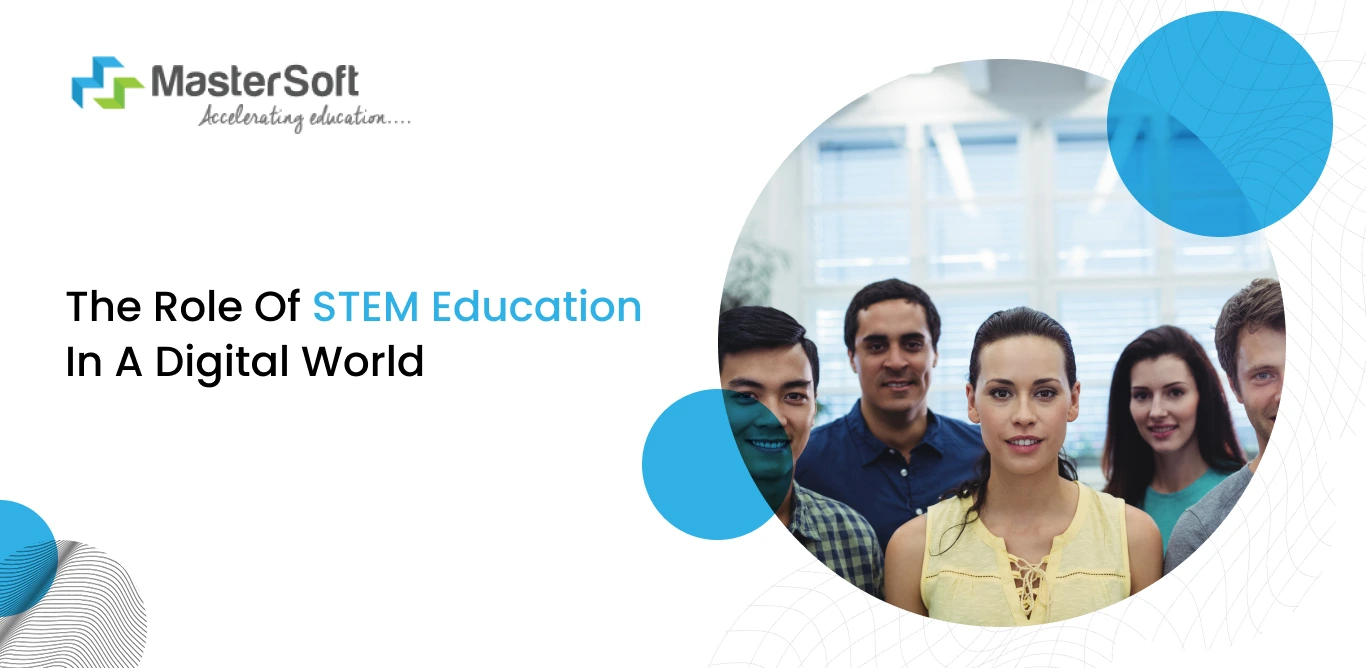

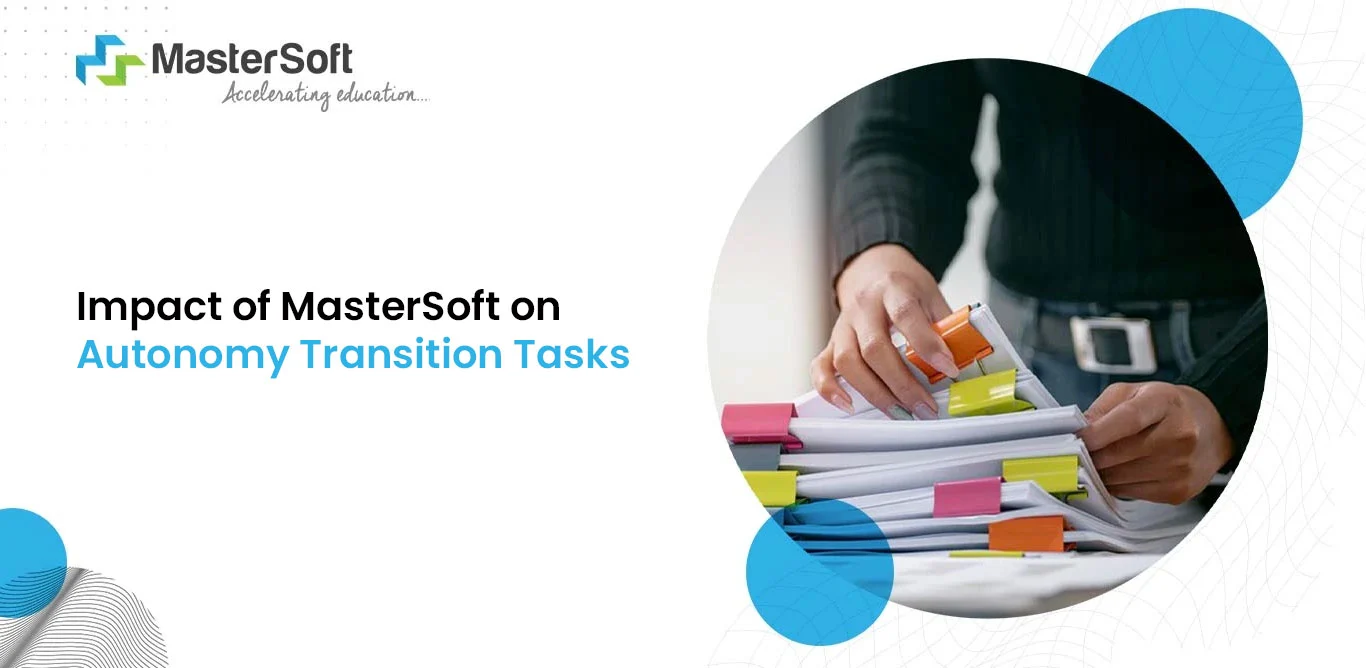
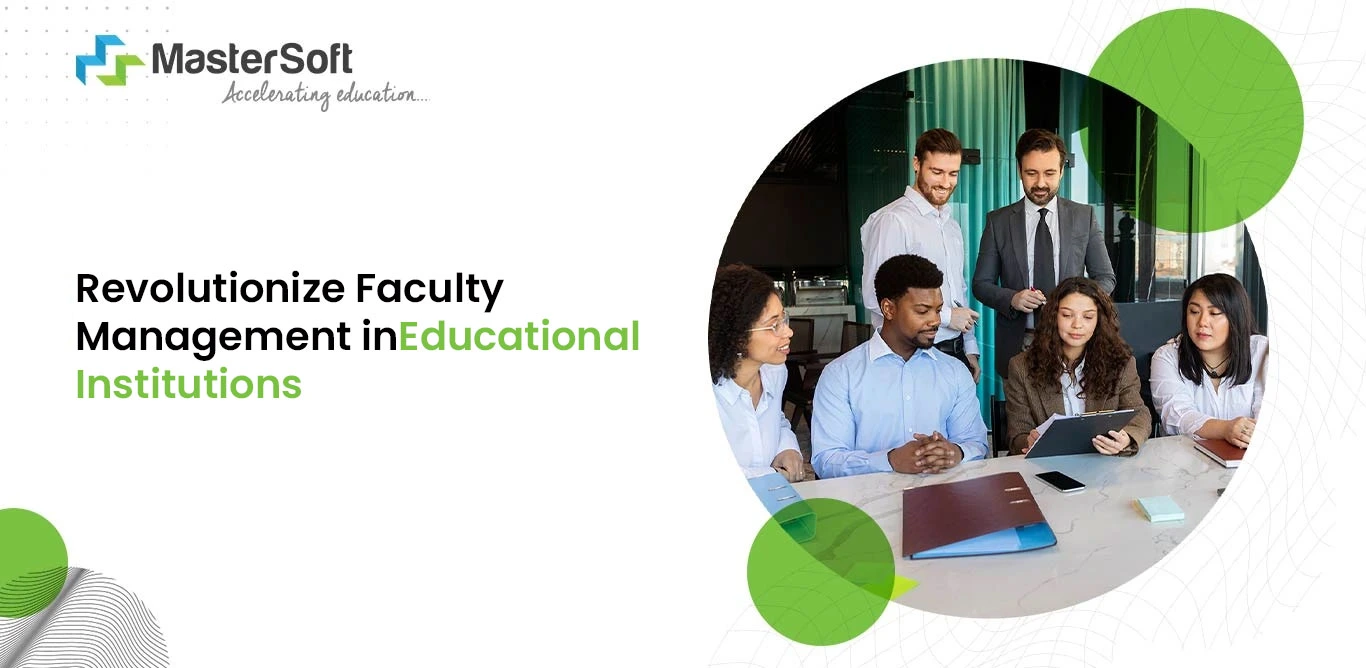
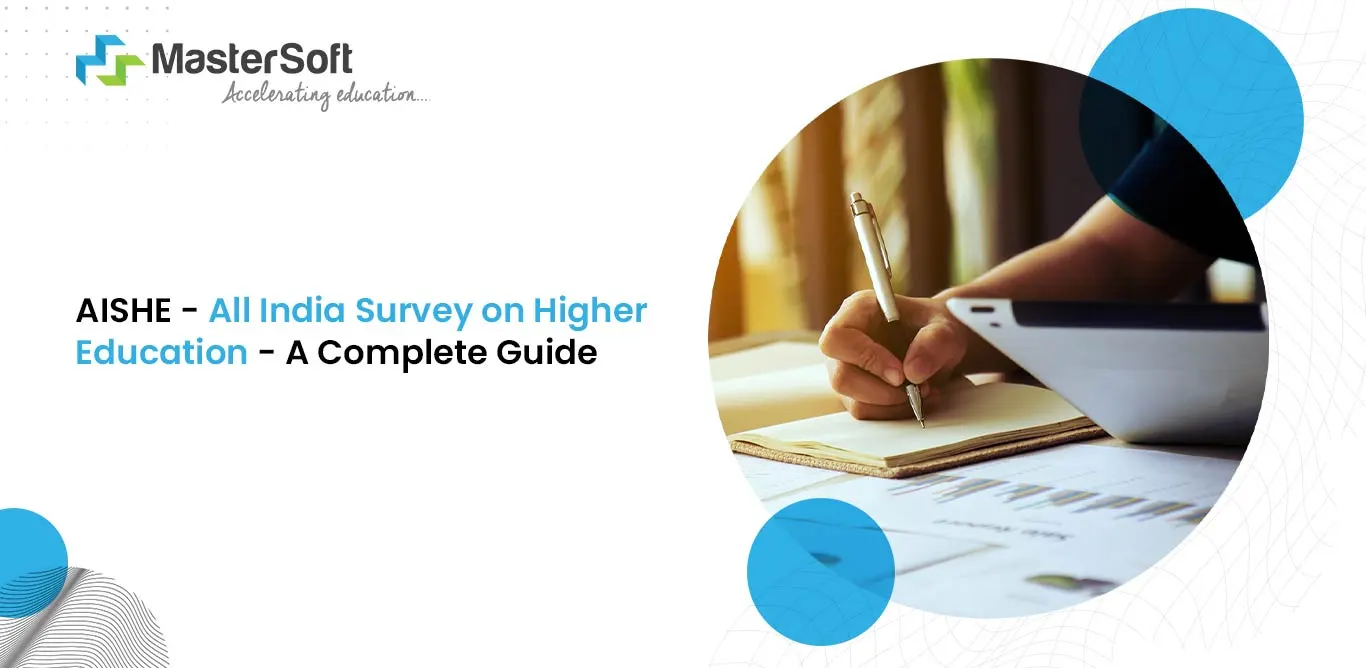
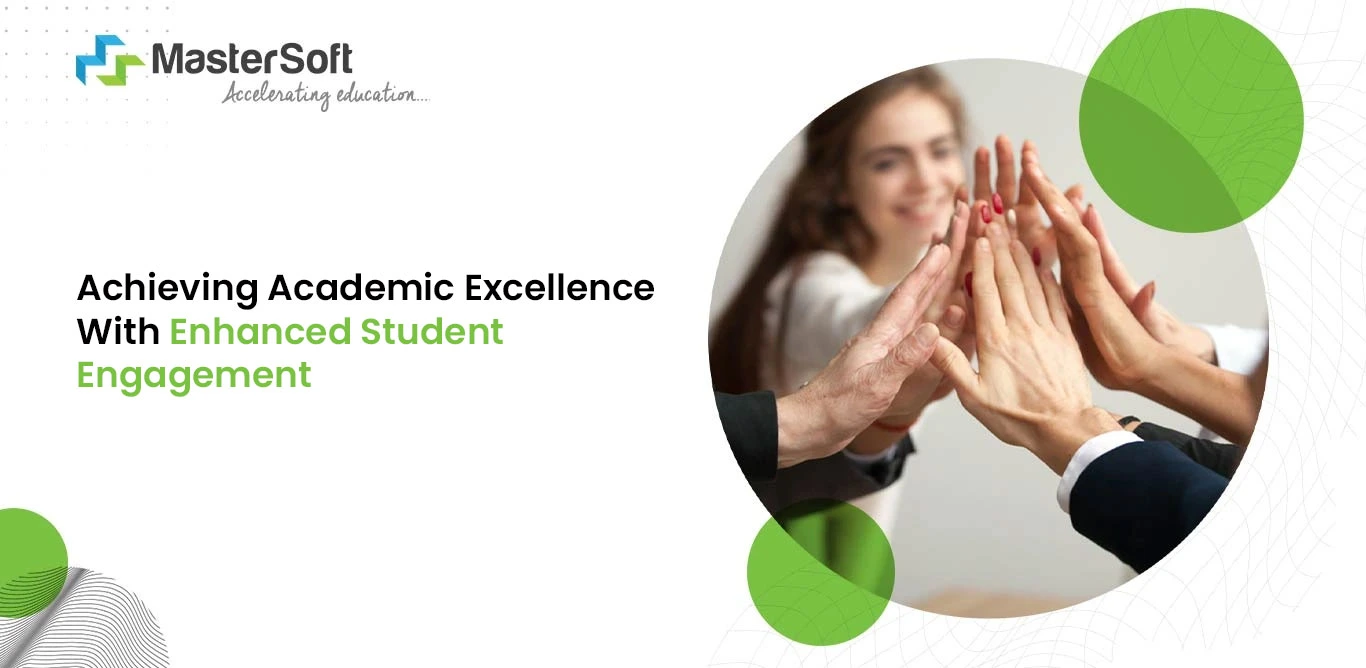
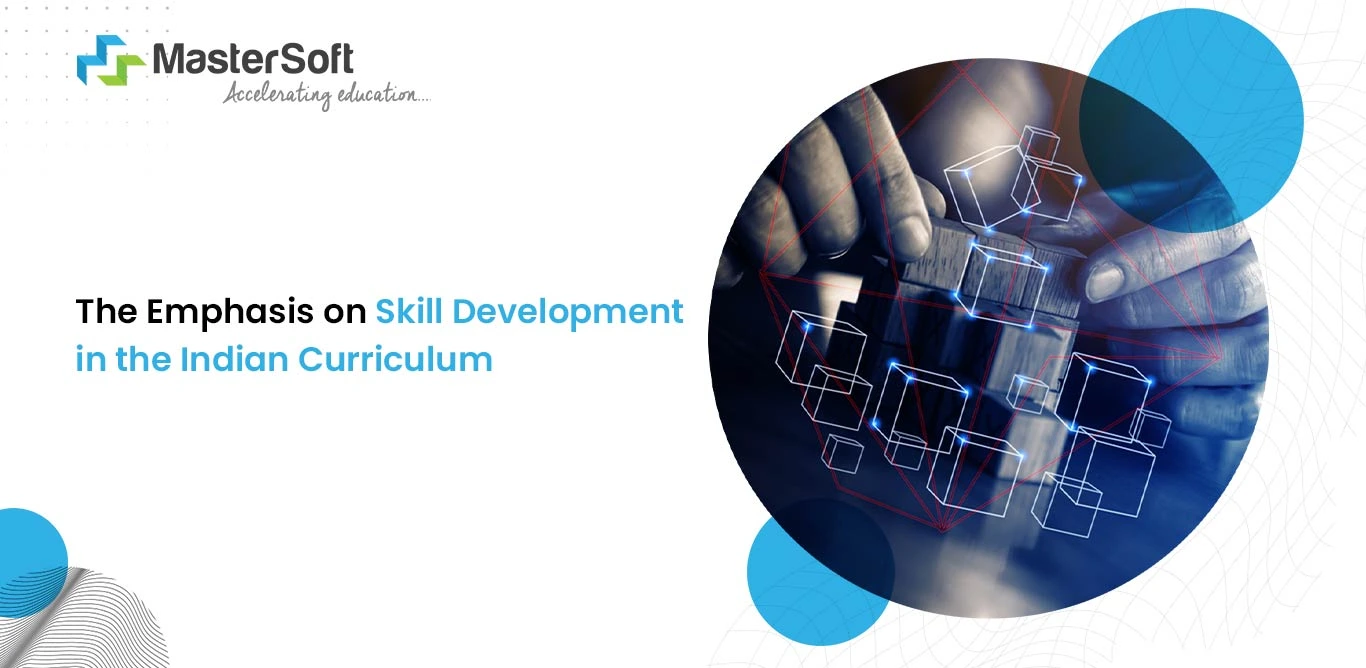
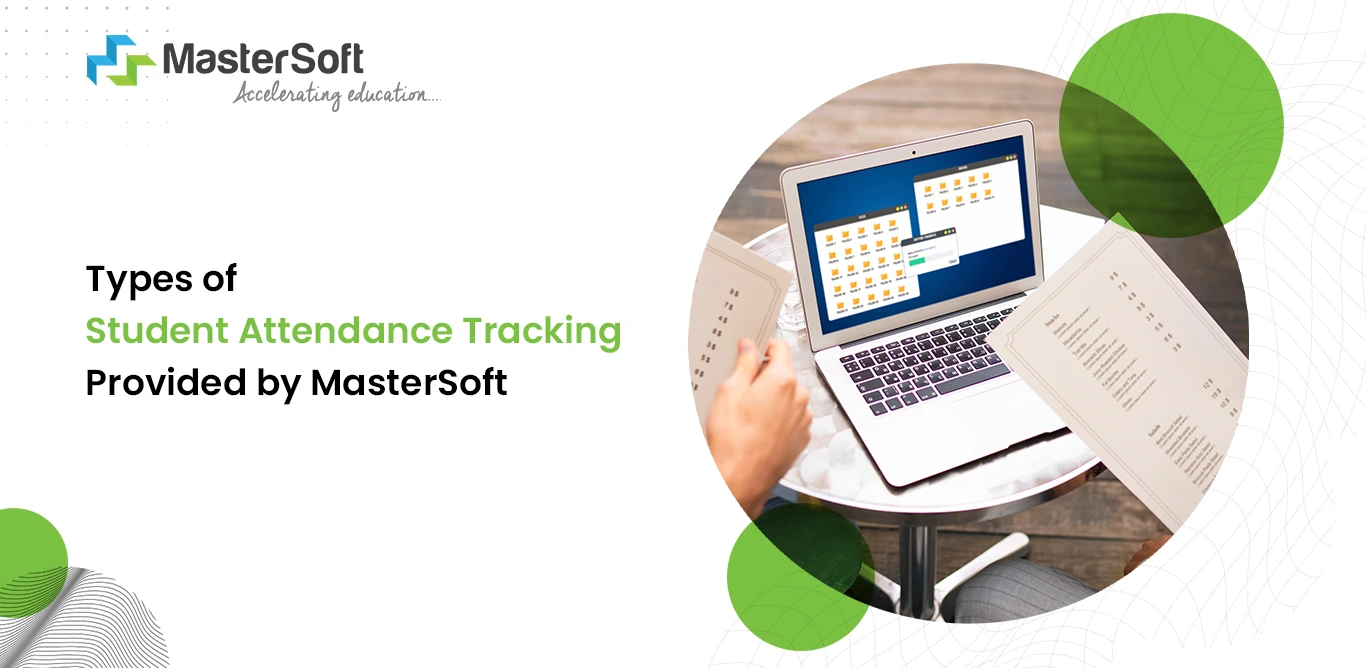
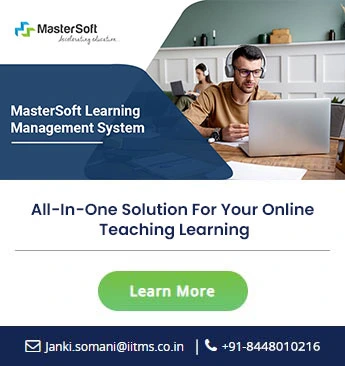
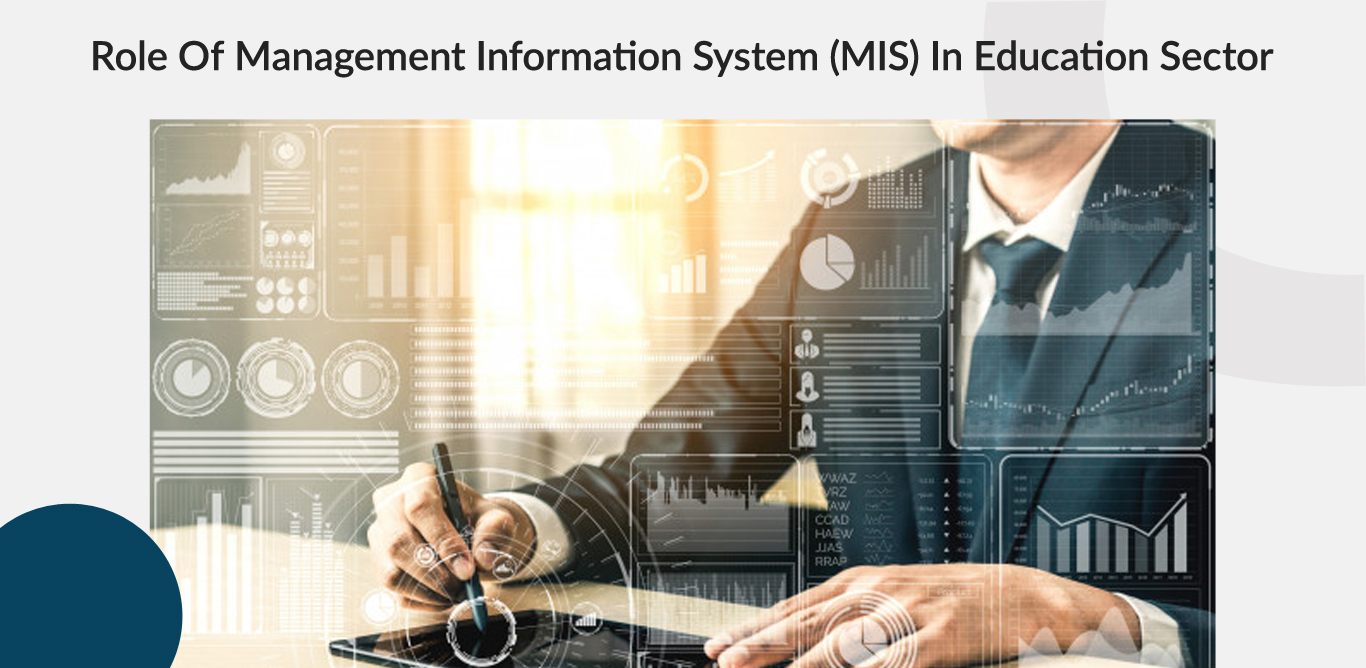
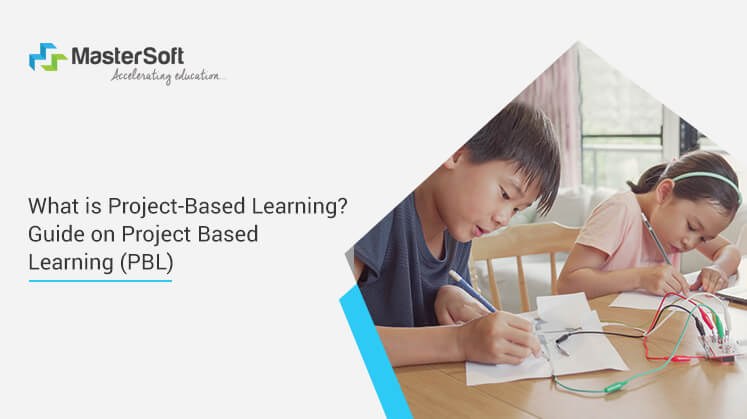

_v2.jpg)